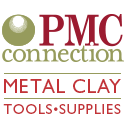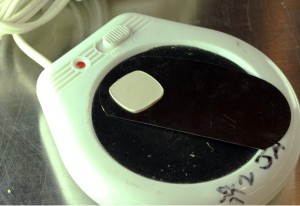This overview is by no means comprehensive, but below are the basic steps for creating with metal clay.
Before You Open Your Clay
It is important to spend some time thinking about your design. Make a few drawings and play with ideas. Then assemble all of the tools and supplies you will need.

















